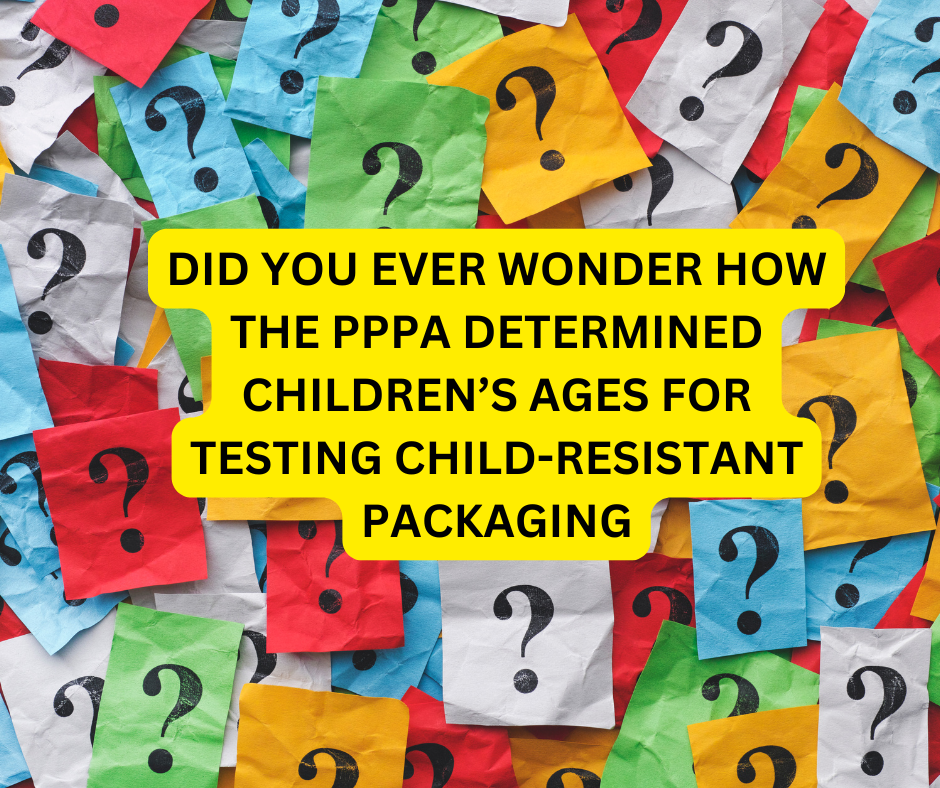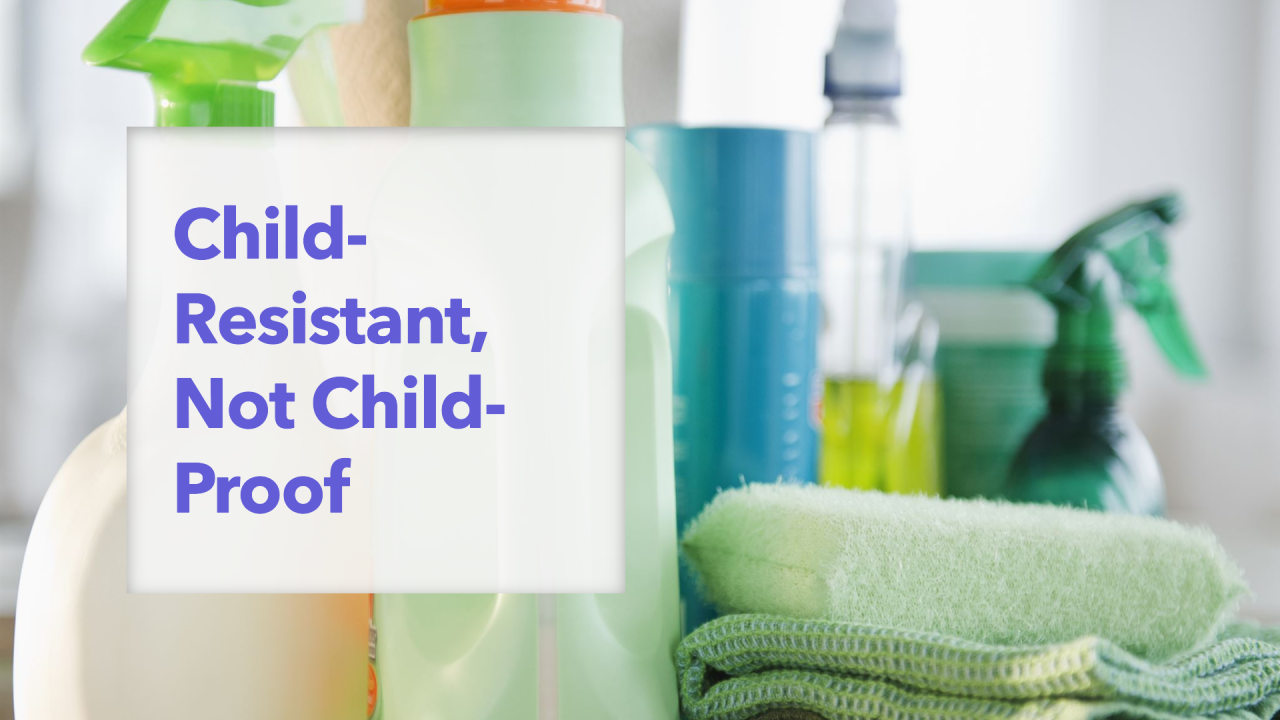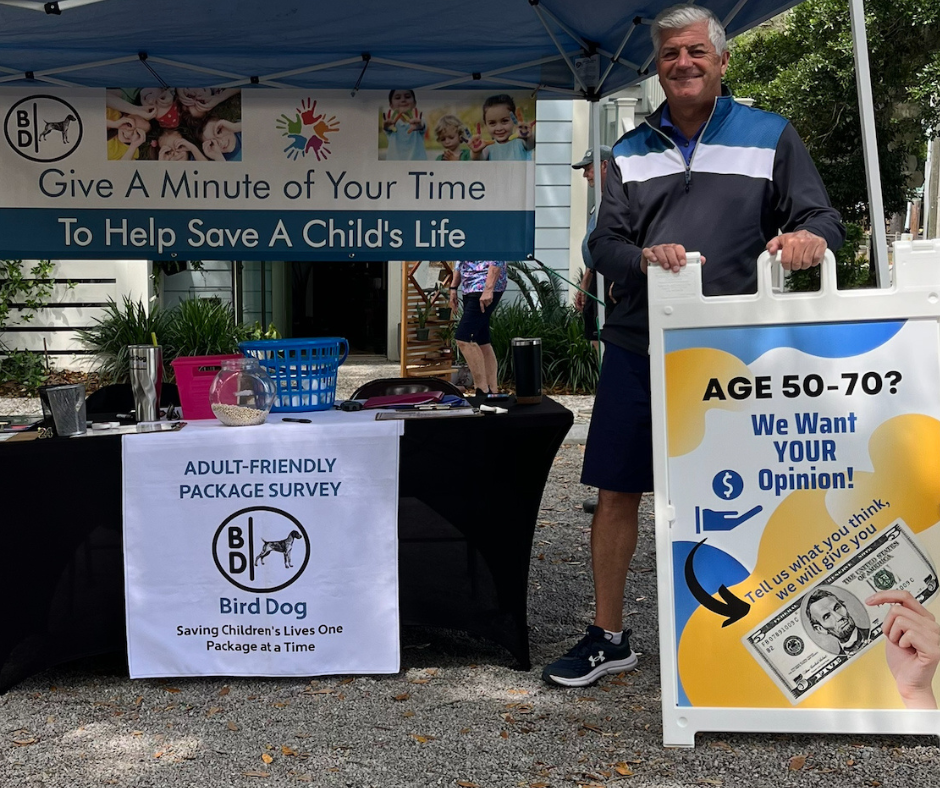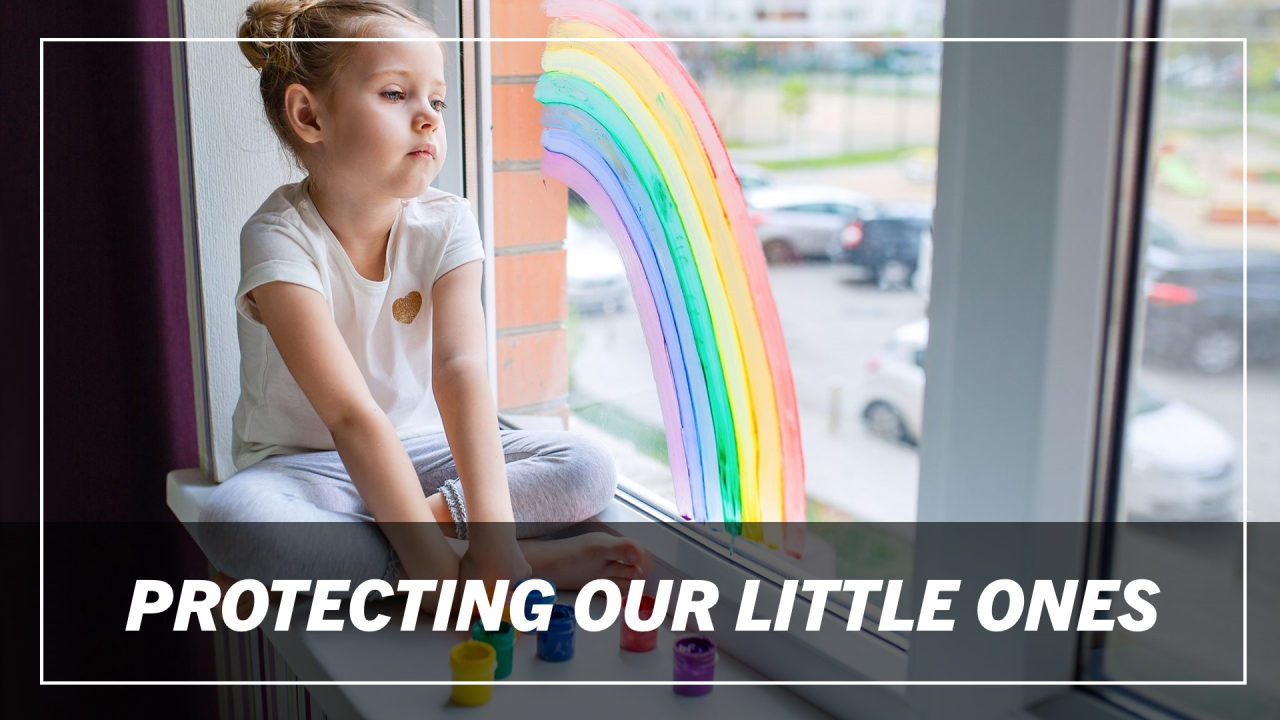We remember John Bitner, one of the great pioneers of the child-resistant package testing industry. We appreciate your legacy and the countless lives of children that were saved through your efforts. Our heartfelt condolences to the Bitner family.
We Remember The Legacy of John Bitner
Beth Mack • May 22, 2020
We Remember The Legacy of John Bitner

The Poison Prevention Packaging Act (PPPA), enacted in 1970, is one of the cornerstones of child safety regulations in the United States. Its primary goal is to prevent children from accessing hazardous household substances like medications, household chemicals, and other toxic products. As part of this initiative, the law requires certain products to be packaged in child-resistant containers. The question is: how did the government determine the specific age ranges of children who should be tested for these packaging requirements?

Dispelling the Myth: Why There is No Such Thing as Child-Proof Packaging. In the realm of product safety, particularly concerning items like medications, household cleaners, and chemicals, the term "child-proof packaging" is commonly used. However, despite its widespread usage, the concept of truly child-proof packaging is a misnomer. We will delve into why there's no such thing as completely child-proof packaging and what measures can be taken to enhance child safety.

Our test proctors administering adult-use package testing are often asked, “Why are you only testing adults 50-70 years of age?” Here’s the story behind that decision. When the U.S. Congress passed the Poison Prevention Packaging Act of 1970 (PPPA), the Consumer Product Safety Commission (CPSC) required child-resistant packaging for specific drugs and household chemicals that could harm children. Package manufacturers developed and introduced new child-resistant packaging to comply with the requirements. Per the PPPA, the specialty packaging required certification that they were child-resistant. At the time, the adult-use effectiveness portion of the package test protocols included adult test subjects 18-45 years of age, a significant change from our current adult-use effectiveness subjects who are 50-70.

As the world leader in child-resistant and senior-friendly package testing, Bird Dog Marketing Group considers ISO 17025 accreditation an essential requirement for all testing laboratories, and this is why we choose to be audited for accreditation annually. Our global customers have the assurance that they can trust the results we provide to them on every test.

BDMG is proud to celebrate 55 years of child-resistant package testing, continuing Gene Miller's legacy of saving children's lives from accidental poisoning. Many things have changed since the passage of the Poison Prevention Packaging Act of 1970, but the dedication of our team and our clients to working together in the testing of child-resistant packaging has remained the same.







